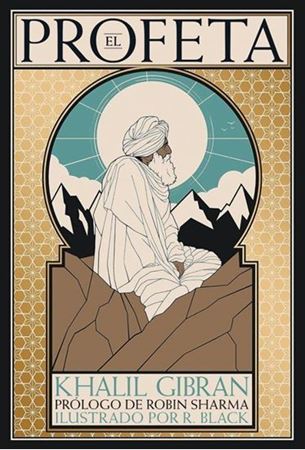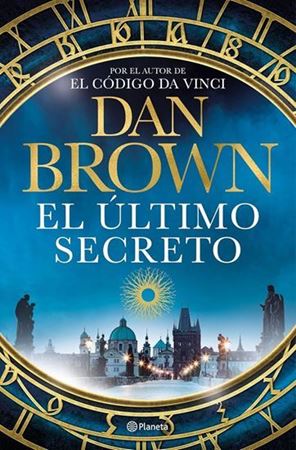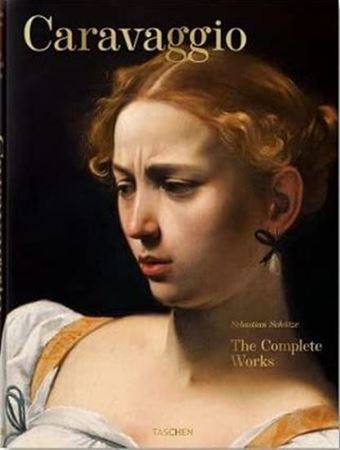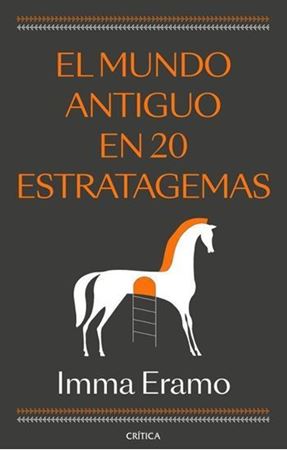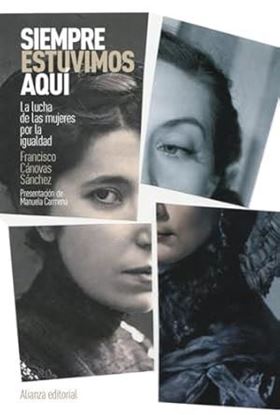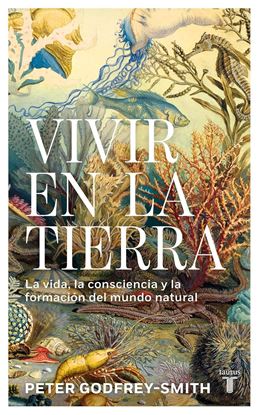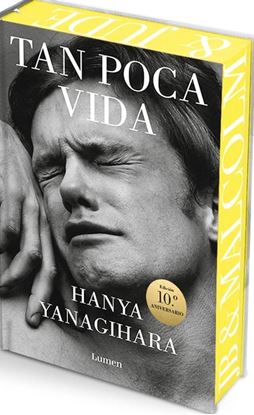

NOVEDADES
FINALE (CARAVAL 3) (ED. ESPECIAL)
Han pasado dos meses desde que los Hados fueron liberados de una baraja de cartas, desde que Legend reclamó el trono y desde que Tella descubrió que el joven del que se enamoró en realidad no existe.
Con vidas, imperios y corazones pendiendo de un hilo, Tella deberá decidir si confía en Legend o en un antiguo enemigo. Tras descubrir un secreto que desmorona su vida por completo, Scarlett tendrá que hacer lo imposible. Y Legend deberá tomar una decisión que lo cambiará y definirá para siempre.
1,850
1,480
INFORMACION, COMUNICACION Y TRANSPARENCI
A traves de las páginas de Información, comunicación y transparencia en el parlamento. Retos actuales de la institución representativa, el lector o lectora tiene la oportunidad de navegar por reflexiones que se elevan como fundamentales para las democracias parlamentarias de hoy. A lo largo de los capítulos que constituyen la obra, coeditada por Blanca Nicasio, Luis Carlos Ramírez y Hugo Aznar, se van abriendo cuestiones que abarcan el pasado, el presente y el futuro de las instituciones representativas y responden a preguntas imprescindibles: ¿cómo ganar transparencia, confianza, participación ciudadana? ¿Cómo utilizar los aprendizajes del pasado para gestionar la complejidad social actual desde el parlamentarismo? ¿Cómo comunicar mejor la labor que se lleva a cabo en las instituciones y su papel en la democracia?
1,850
1,480
SIEMPRE ESTUVIMOS AQUI
Durante los siglos XIX y XX las mujeres españolas protagonizaron un proceso de transformación demográfica, económica, educativa, social y cultural que fue construyendo el camino hacia la libertad y la igualdad. Siempre estuvimos aquí explora paso a paso, etapa a etapa, los grandes hitos de esta lucha en contra de las desigualdades.
1,850
1,480
VIVIR EN LA TIERRA
Si la historia de la Tierra se redujera a un año, nuestra especie surgiría en los últimos treinta minutos. Pero la vida ha existido durante 3.700 millones de años, la mayor parte de la historia de nuestro planeta y más de una cuarta parte de la edad del universo. ¿Qué hicieron esos organismos durante todo este tiempo?
Impulsado por esta cuestión, el filósofo y submarinista Peter Godfrey-Smith se pregunta en su nuevo libro cómo la vida fue moldeada y moldeó la Tierra, y nos invita a un fascinante recorrido por su historia. Visitaremos a gorilas ruandeses y pájaros australianos, bucearemos arrecifes de coral y guaridas de pulpos, consideraremos el impacto del lenguaje y la escritura para el planeta, y sopesaremos las responsabilidades que conllevan nuestros poderes únicos, en relación con la agricultura industrial, la conservación del hábitat, el cambio climático y el uso de animales en experimentos.
Desde los mares hasta los bosques, desde la primera aparición de la materia animada hasta su futura extinción, el autor nos ofrece una asombrosa visión del curso de la vida en la Tierra y de cómo podríamos afrontar los retos de nuestro tiempo. Los humanos pertenecemos a un sistema infinitamente complejo y nuestra mente es producto de ese sistema, pero también somos una fuerza capaz de modificar el mundo en el que vivimos. Somo criaturas de la Tierra, tenemos el futuro de la Tierra en nuestras manos.
1,850
1,480
HISTORIA DE LAS EXPLORACIONES PROHIBIDAS
Historia de las exploraciones prohibidas en África nos relata los viajes de los exploradores y exploradoras que penetraron en aquellos lugares de África en los que la entrada a occidentales estaba prohibida. Nos traslada a la epopeya de estos aventureros que, adoptando diversas personalidades, disfrazados o como esclavos, entraron en Marruecos, Tombuctú, en el Sáhara o en los países más conflictivos del África subsahariana, arriesgando por ello sus vidas.
1,850
1,480
TAN POCA VIDA (10 ANIV.) TD
Cuatro compañeros de universidad se trasladan a Nueva York, donde solo cuentan con su amistad y su ambición para abrirse camino. Willem es guapo, amable y quiere ser actor; JB es un pintor ingenioso y a veces cruel, dispuesto a destacar en el difícil mundo del arte; Malcolm es un arquitecto soñador, y Jude es el joven retraído, brillante y enigmático que pronto se convertirá en el epicentro del grupo. A lo largo de varias décadas, sus relaciones se harán más íntimas y profundas, al tiempo que se teñirán de adicción, éxito y orgullo. Sin embargo, su mayor desafío será el propio Jude, herido para siempre por una traumática infancia.
Para saber qué dicen y callan los hombres, de dónde viene y adónde va la culpa, cuánto importa el sexo, a quién podemos llamar amigo y, finalmente, qué precio tiene la vida cuando ya no tiene valor aquí está Tan poca vida: el libro icónico de las nuevas generaciones, considerado mejor novela del año por la prensa internacional, finalista del Booker Prize y del National Book Award, y uno de los mayores fenómenos literarios de la última década.
1,850
1,480




